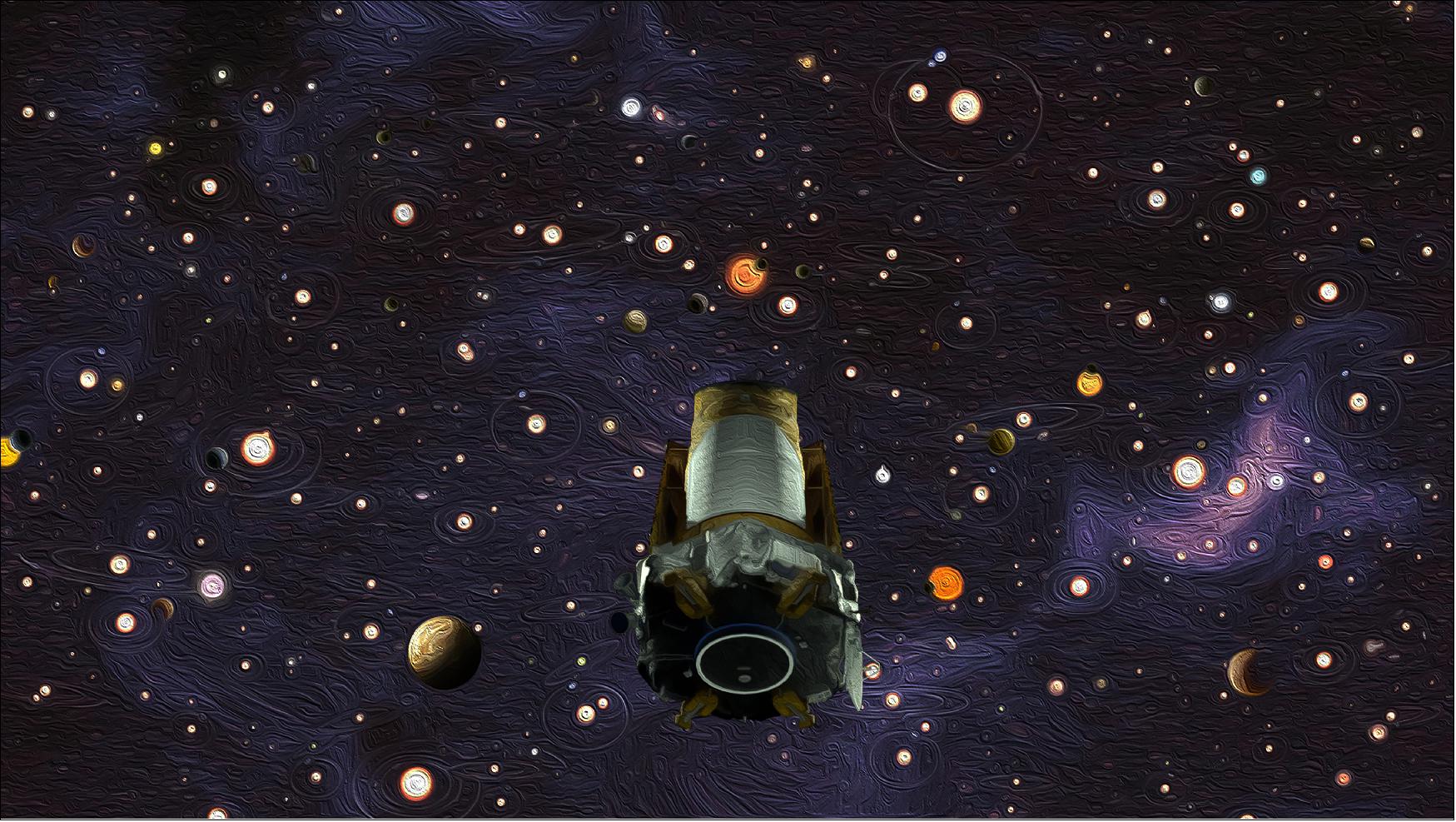On a clear morning in Florida, SpaceX achieved another remarkable milestone in its mission to revolutionize global communication and internet access. The aerospace company successfully launched a batch of Starlink satellites into orbit, further expanding its ambitious satellite constellation. This achievement highlights SpaceX’s unwavering commitment to advancing space technology and its vision for creating a global network capable of providing fast, affordable internet access to even the most remote areas of the world.
SpaceX’s Starlink Initiative
The Starlink project, initiated by SpaceX in 2015, is a bold effort to provide high-speed internet to underserved and remote regions around the globe. The concept behind Starlink is simple yet powerful: deploy a constellation of low Earth orbit (LEO) satellites to create a mesh network capable of delivering broadband internet. Unlike traditional satellites, which operate in geostationary orbit, Starlink satellites are positioned much closer to Earth, typically around 340 miles (550 kilometers) above the surface. This proximity helps to reduce latency, providing faster internet speeds and more reliable connections.
The vision for Starlink is nothing short of transformative. By the end of 2024, SpaceX plans to have more than 12,000 satellites in orbit, with the potential for future expansions up to 42,000. This vast network would offer global coverage, reaching not only urban areas but also remote regions where traditional internet infrastructure is either limited or non-existent. The project has the potential to bridge the digital divide and bring high-speed internet to millions of people who have been left behind by existing technologies.
The Florida Launch
The latest Starlink mission took place at the Kennedy Space Center in Florida, one of the most iconic locations in space history. The mission involved the launch of a batch of 60 Starlink satellites, which were carried aboard a Falcon 9 rocket. The launch took place on schedule, with the rocket soaring into the sky and quickly reaching its designated orbit. As with previous Starlink launches, the Falcon 9 rocket booster successfully landed on SpaceX’s autonomous drone ship, “Of Course I Still Love You,” in the Atlantic Ocean after completing its mission.
This successful launch was the latest in a series of missions aimed at expanding the Starlink constellation. SpaceX has been conducting these launches regularly, with multiple missions each month, as part of an ongoing effort to create a global network of satellites. Each batch of Starlink satellites, typically around 60, is launched on a Falcon 9 rocket, and over time, these small satellites work together to form a vast communication network in the sky.
The beauty of SpaceX’s approach lies not only in the satellites themselves but also in the company’s ability to rapidly and affordably deploy them. By using reusable rockets and maintaining an efficient production pipeline, SpaceX has significantly reduced the cost of satellite launches, making the Starlink project more feasible and scalable.
The Role of Falcon 9 in the Mission
The Falcon 9 rocket is the workhorse of SpaceX’s fleet, responsible for carrying out numerous missions to the International Space Station (ISS), launching commercial satellites, and deploying Starlink satellites into orbit. The rocket’s design allows for rapid reuse, which has dramatically lowered the cost of space access.
One of the most striking aspects of Falcon 9 is its ability to land vertically after launch, enabling it to be refurbished and reused for future missions. This reusability not only saves money but also contributes to SpaceX’s overall goal of making spaceflight more sustainable. The successful landing of the Falcon 9 booster after each Starlink mission serves as a testament to the company’s technical prowess and its vision for a future in which space travel is routine and affordable.
Expanding Global Connectivity
While the immediate impact of Starlink has been most noticeable in remote and rural areas, its potential for global connectivity is far-reaching. In addition to providing high-speed internet to underserved regions, Starlink is expected to support various applications in industries like aviation, maritime, defense, and disaster response.
For example, Starlink’s ability to offer internet connectivity in areas where traditional infrastructure is either too costly or impractical is invaluable. Rural communities, islands, and even ships at sea can now access reliable internet connections that were once out of reach. This opens up a host of opportunities for education, healthcare, and business in regions that have previously struggled with connectivity.
In addition to these practical applications, the success of the Starlink project is seen as a stepping stone for the broader commercialization of space. SpaceX’s ability to deploy and maintain a vast network of satellites will pave the way for future space-based technologies, such as space tourism, lunar exploration, and even the potential for manned missions to Mars.
The Future of Starlink and SpaceX
SpaceX’s success in sending Starlink satellites into orbit is not just a technological achievement, but a glimpse into the future of space exploration. With each launch, the company brings us one step closer to realizing the vision of a fully connected world, where the internet is available anywhere and everywhere.
However, there are still challenges ahead. The scale of the Starlink project is unprecedented, and with so many satellites in orbit, SpaceX must carefully manage the potential for space debris. The company has been proactive in designing its satellites to deorbit at the end of their lifespan, minimizing the risk of contributing to the growing problem of space junk.
Moreover, the regulatory landscape surrounding satellite internet is still evolving. SpaceX has worked closely with international authorities to ensure that Starlink operates in compliance with global regulations, but navigating the complex landscape of space law will continue to be a challenge as the constellation grows.
Looking ahead, SpaceX’s ambitious goals for Starlink are likely to bring even more benefits to society. By providing affordable, high-speed internet to every corner of the globe, the company is helping to bridge gaps in communication, education, and opportunity. As SpaceX continues to innovate, the possibilities for Starlink and its broader impact on space exploration are boundless.
Conclusion
SpaceX’s successful launch of Starlink satellites from Florida is a milestone in the company’s quest to reshape global communication. With each launch, SpaceX not only strengthens its satellite constellation but also moves closer to realizing its vision of providing high-speed internet access to every corner of the globe. This achievement underscores SpaceX’s role as a leader in the space industry and a pioneer in the pursuit of a more connected world. As the Starlink constellation continues to grow, the impact of this technology will be felt across industries, communities, and individuals, changing the way the world communicates forever.



